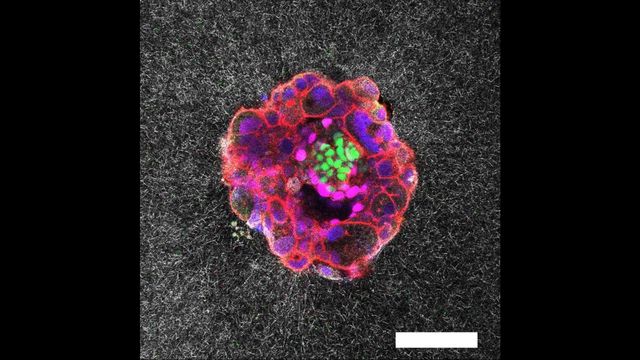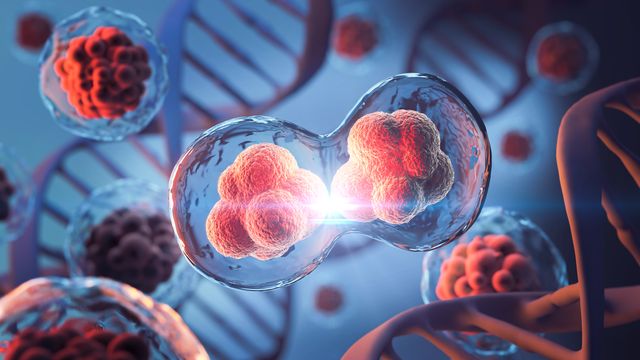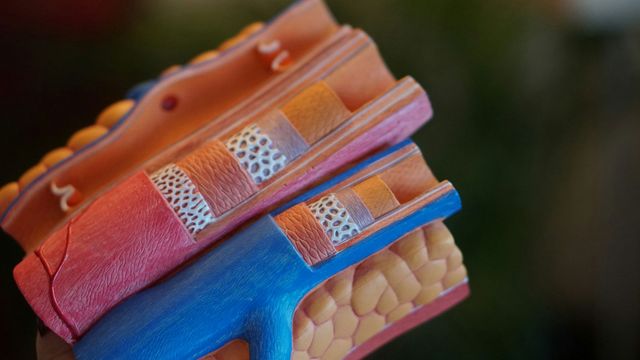Trending News
News
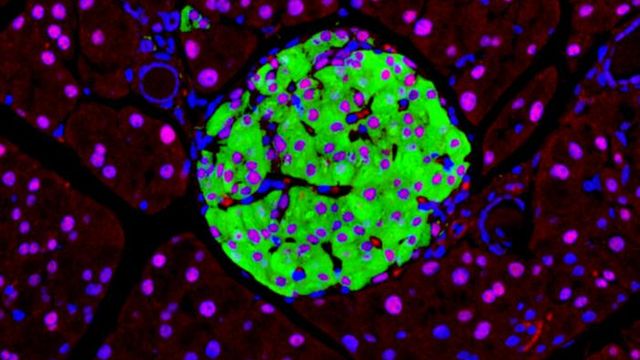
News
A Single Gene Pushes Millions Toward Type-2 Diabetes
Mutations in the HNF1A gene impair insulin secretion by disrupting hundreds of genes in β‑cells and causing RNA splicing errors. A new study shows how this dual defect contributes to MODY3 and type-2 diabetes.
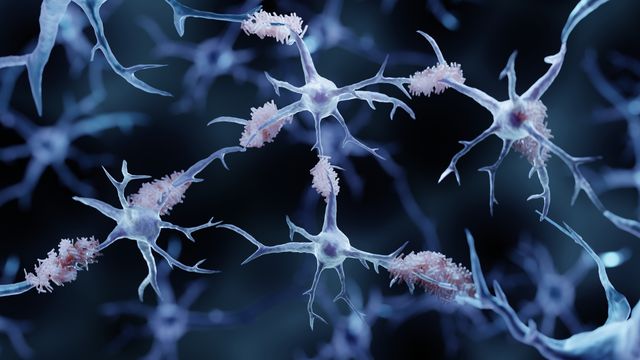
News
Natural Compound Combination Removes Harmful Protein Buildup in the Brain
Researchers at the University of California, Irvine have identified a promising nonpharmaceutical treatment that rejuvenates aging brain cells and clears away the buildup of harmful proteins associated with Alzheimer’s disease.

News
Vitamin D in Early Pregnancy Tied to Cognitive Benefits
A new ECHO study links higher maternal vitamin D levels during pregnancy to improved cognitive scores in children aged 7–12. Benefits were seen in problem-solving and processing, particularly when vitamin D was measured earlier in pregnancy.
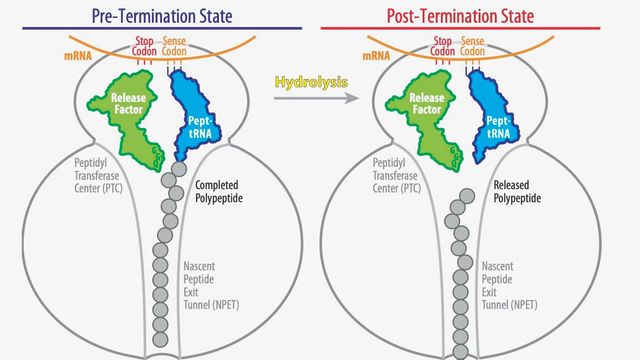
News
Researchers Solve Mystery of How Cell Prevent Premature Protein Release
Scientists have uncovered the chemical mechanism behind protein release from the ribosome, clarifying how all living organisms execute protein production.
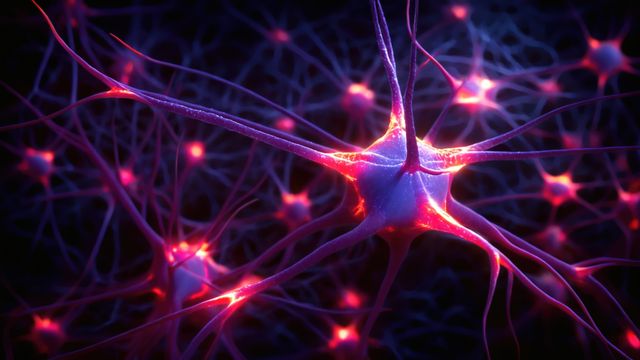
News
5,000-Meter Altitude Air Reverses Parkinson’s Symptoms
Researchers from the Broad Institute and Mass General Brigham found that low-oxygen environments can protect neurons and reverse Parkinson’s symptoms in mice. The approach interrupts a destructive cycle caused by excess oxygen in the brain.
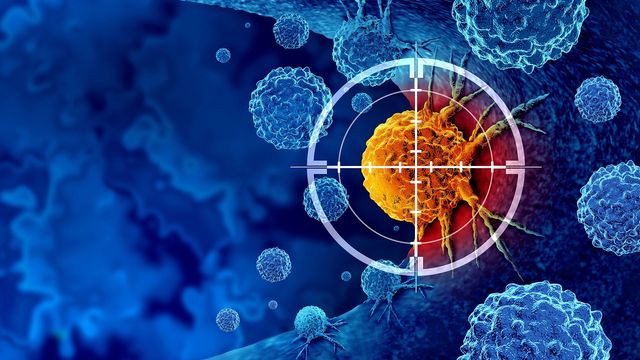
News
Inactivation of CDK12/13 Pathway Boosts Body’s Immune Response Against Tumors
A study led by researchers from the University of Michigan showed that targeting CDK12 and a related gene, CDK13, strongly activates the stimulator of interferon genes, or STING, signaling pathway, enhancing the effectiveness of immunotherapies.
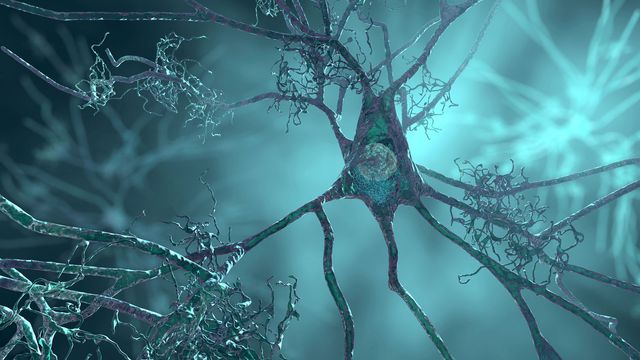
News
Replacing Brain Immune Cells Slows Neurodegeneration in Mice
Researchers have developed a way to replace more than half of the most severely affected cells in, called microglia, with non-genetically matched precursor cells of Tay-Sachs and Sandhoff diseases in mice.
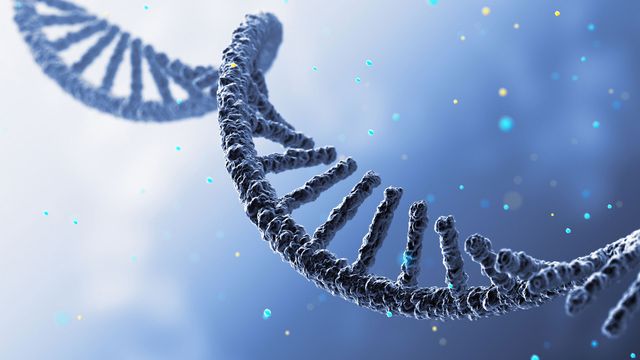
News
RNA Sugarcoating Shields From Immune Attacks
Now that scientists understand the role of RNA glycosylation in deflecting immune system attention, they can check on whether that strategy is somehow going awry.
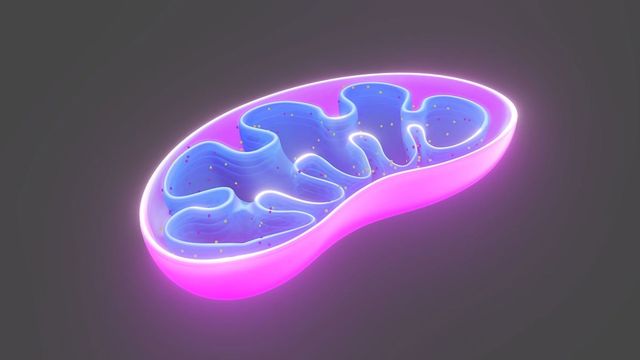
News
Mitochondrial Dysfunction Linked to Alzheimer's Development
Changes in how brain cells generate energy may drive the development of Alzheimer's disease and influence how patients respond to therapy.

News
Skinks Evolved "Molecular Armor" Against Snake Venom
Australian skinks have evolved tiny changes in a critical muscle receptor to stop snake venom from shutting down their muscles.
Advertisement
